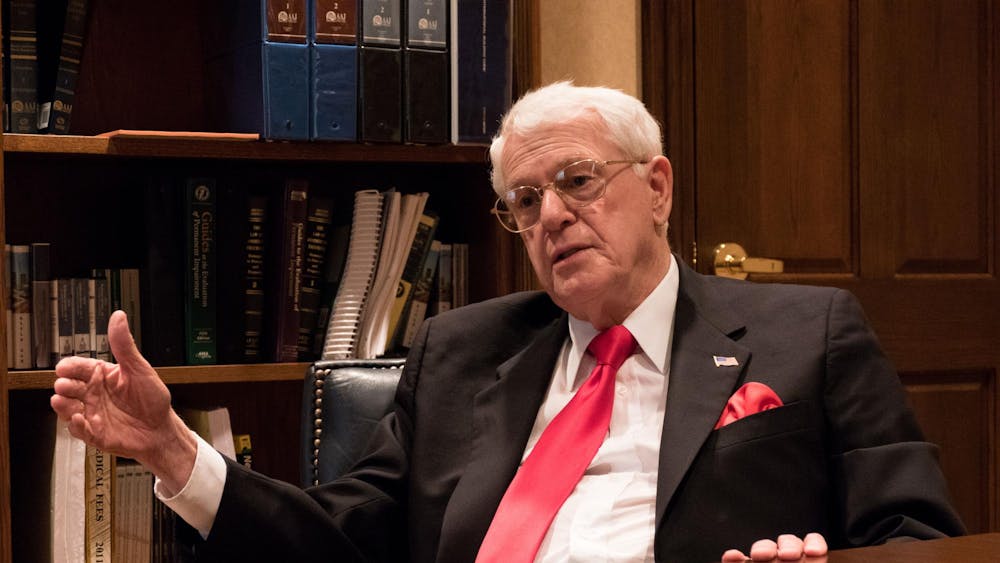When many future teachers graduate from college, they try to find jobs in areas that they are familiar with, such as their hometowns, but a program in the School of Education is hoping to change that.
The Cultural Immersion Projects is a way for students to do their student teaching in places that are likely different from where they are from, said Laura Stachowski, Cultural Immersion Projects director.
“We’re taking them out of Indiana and out of perhaps the suburbs, communities or small towns where they’ve grown up,” Stachowski said, “and placing them in culturally different settings where they can learn about how other people educate their children, what their values are.”
The project, started by James Mahan in the early 1970s, consists of three areas where students can go.
The projects include the Overseas Project, the American Indian Reservation Project and the Urban Project.
Students are asked to do more than just teach if they participate in the project – they are asked to become active participants in the new communities they are a part of, Stachowski said.
The Overseas Project, which was started in the mid-1970s, has each student spend 10 weeks at an Indiana school and then spend eight more weeks in the country of their choice.
Students can pick to student teach in Australia, China, Costa Rica, England, India, Ireland, Spain, Kenya, Russia, Turkey, Wales, New Zealand or Scotland.
The oldest of the projects, the American Indian Reservation Project, sends students to the Navajo Reservations in New Mexico, Arizona and Utah.
The Urban Project, launched last year, places student teachers in Chicago Public Schools. Students are required to live in the city and aren’t able to live in the suburbs and commute, Stachowski said.
Although IU is not the only school with a program like this, what sets IU’s apart from the others is the intense preparatory phase that gets the students ready for what they are going to be doing, Shonia said.
The Cultural Immersion Projects, which has had about 3,000 students participate since its inception, averages about 100 students in the Overseas project, about 20 in the American Indian Reservation project, and has 40 students signed up for the Urban project next year, Stachowski said.
One of the students who participated in the overseas portion, April Knipstine, had a positive experience student teaching in Kenya in 2007.
“I loved teaching there, the students were so motivated to learn,” Knipstine said. “They were so eager to learn English, to learn grammar, to use their words correctly.”
Knipstine loved her experience so much that she became part of the project as an associate instructor to get other students to take part in it.
“When I graduated I decided that if I got an offer to be an AI here, that was absolutely what I was going to do,” Knipstine said, “because I want everyone to do this.”
Student teachers have opportunity to expand horizons
Cultural Immersion project allows students the opportunity to teach, learn different cultures
Get stories like this in your inbox
Subscribe





